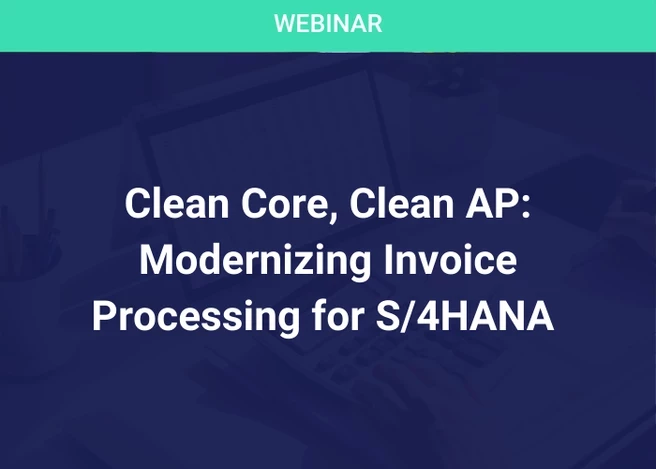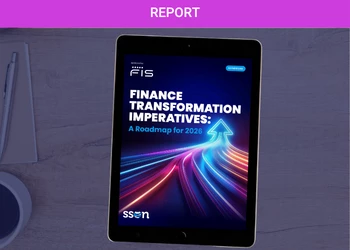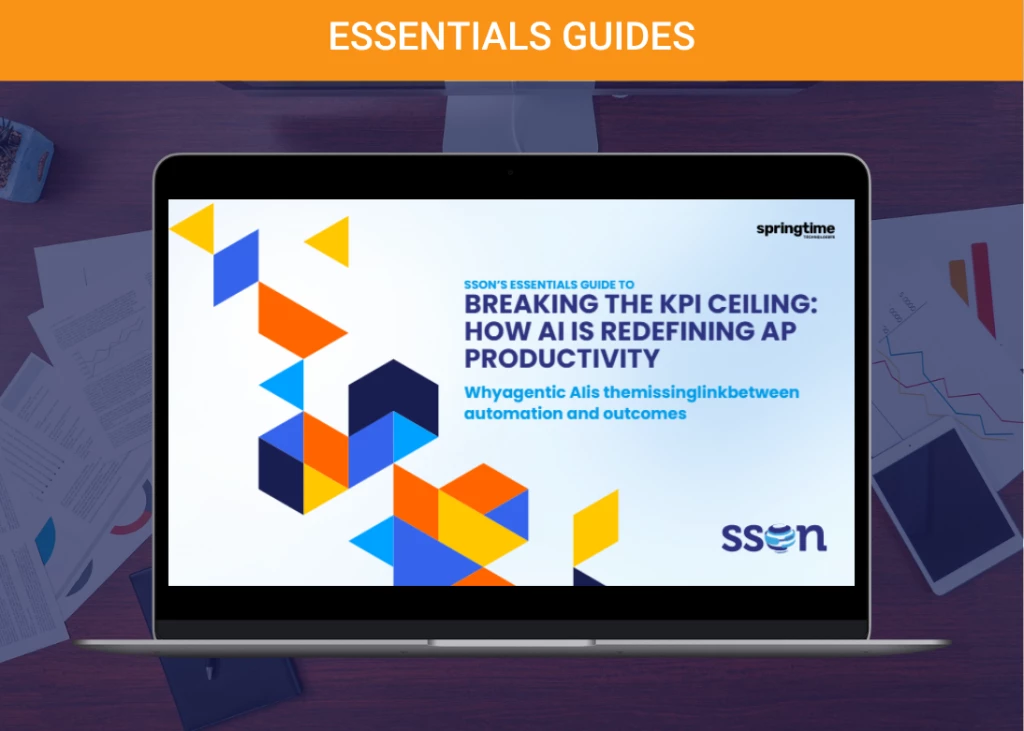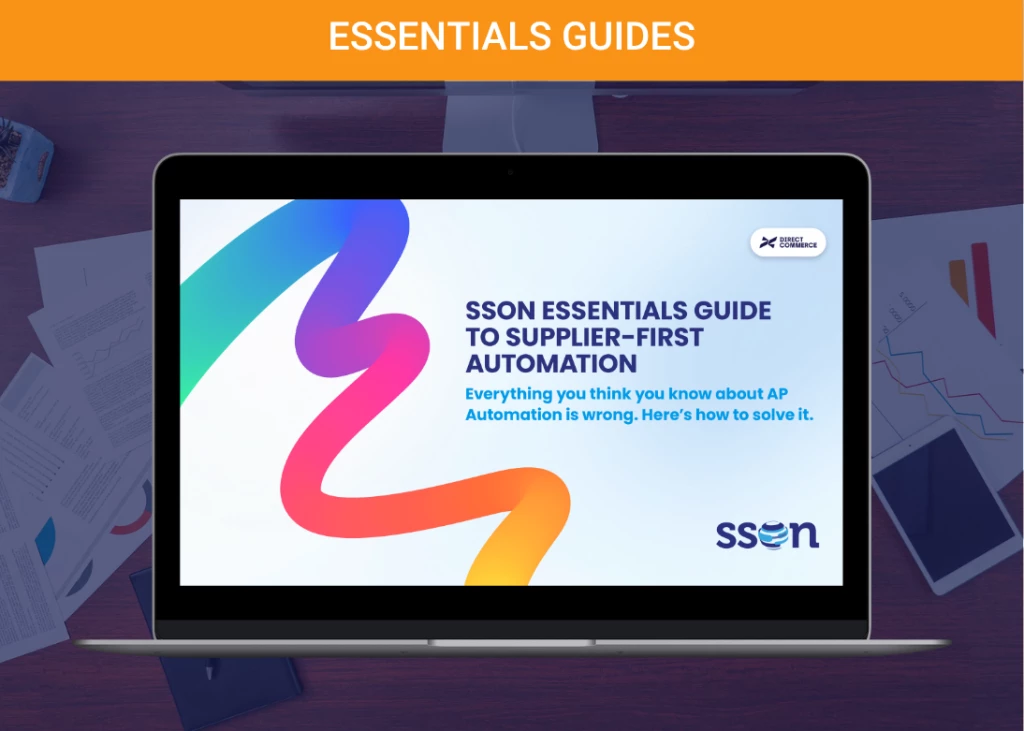A Guide to Process Governance That Actually Works
Add bookmark
A Guide to Process Governance That Actually Works
Why Robust Governance is Key for GBS Success:
In 2025, businesses cannot afford to manage inefficient processes. The key to operational excellence lies in strong process governance. Process governance is the structured framework that ensures processes within an organization are designed, executed, measured, and improved consistently. When done right, it drives compliance, efficiency, agility, and improved Customer Experience (CX). Let’s explore proven process governance methods that work in the corporate sector, breaking them down into actionable steps and strategies.
What is process governance?
Process governance is the oversight and management framework that organizations use to define, standardize, monitor, and continuously improve their processes. It provides a decision-making structure, assigns ownership, and sets performance expectations. Without process governance, processes become easily siloed and vulnerable to errors. This leads to compliance risks, wasted resources, and inconsistent customer experiences. Strong governance ensures processes align with strategic goals, regulatory requirements, and overall business needs.
Why does process governance matter?
In the current corporate environment, strong governance is a competitive necessity. Perhaps the most obvious benefit revolves around improved efficiency. Streamlined, standardized processes reduce duplication and manual effort and promote consistency across teams. Another advantage of that newfound efficiency is the opportunity for more support in digital transformation. Modernization initiatives succeed when there is clear governance guiding process redesign. Governance frameworks also help identify and address process risks proactively, which can lead to stronger compliance efforts. The oversight encouraged within a process of governance framework ensures adherence to legal, regulatory, and policy requirements.
What are the core elements of process governance?
Before choosing a specific governance method, it’s important to understand the building blocks of a governance framework. Successful corporate programs typically include:
1. Process Ownership. Every process must have a defined owner responsible for performance, compliance, and improvements.
2. Standardization. Procedures must be documented with process maps and naming conventions to ensure consistency.
3. Governance Structure: Taskforces, steering committees, or Centers of Excellence (CoEs) that provide oversight should be the norm within the organization.
4. Performance Monitoring: Existing KPIs and metrics that measure efficiency, cost, quality, and customer impact are essential.
5. Continuous Improvement: Some kind of formal mechanism for reviewing and refining processes on an ongoing basis is helpful when implementing a governance framework.
4 Process Governance Methods That Work
RACI Model for Process Ownership
The RACI (Responsible, Accountable, Consulted, Informed) matrix is one of the most effective tools for clarifying roles and responsibilities.
- Responsible: The person or team executing the process.
- Accountable: The process owner, ultimately answerable for performance.
- Consulted: Stakeholders providing input.
- Informed: Those who need updates on process outcomes.
Using RACI prevents confusion, reduces overlap, and ensures accountability is clear.
Business Process Management (BPM) Framework
BPM is a discipline that combines methods, tools, and software to model, automate, monitor, and optimize business processes. A strong BPM program includes process modeling, automation, real-time monitoring, and optimization. BPM is especially powerful for large corporations with complex, cross-functional processes.
Process Maturity Models
Process maturity models help organizations assess their current state and define a roadmap for improvement. Levels typically range from:
- Initial (Ad Hoc) – Processes are unstructured and inconsistent.
- Repeatable – Processes are somewhat consistent but not standardized.
- Defined – Documented, standardized processes exist.
- Managed – Processes are measured and monitored.
- Optimized – Continuous improvement is embedded in the culture.
Corporations use maturity assessments to prioritize governance initiatives and allocate resources effectively.
KPI-Driven Governance
Measuring process performance with clear, quantifiable metrics keeps governance outcomes objective. There is a plethora of metrics that can be utilized, such as cycle time, error rate, cost per transaction, or customer satisfaction. Dashboards and scorecards make performance visible to executives and process owners alike.
How can GBS leaders implement process governance?
Process governance methodologies are not one-size-fits-all. Some elements may work to benefit your organization immediately, while other action steps may be better suited in the future. Here are some actionable items that can be used to implement process governance:
- Gain Executive Buy-In: Leadership support is critical to fund, enforce, and champion governance efforts.
- Identify Key Processes: Focus first on core business processes that drive revenue, compliance, or customer experience.
- Assign Process Owners: Use a RACI model to clarify roles and responsibilities.
- Document and Standardize: Create process maps, SOPs, and guidelines for consistency.
- Set Up Governance Structures: Establish councils, taskforces, or a process Center of Excellence (CoE).
- Define KPIs and Metrics: Measure performance to provide visibility and drive accountability.
- Deploy Tools and Technology: Leverage BPM software, dashboards, and automation tools.
- Communicate and Train: Educate employees on process governance principles and expectations.
- Review and Improve: Conduct regular process reviews and maturity assessments.
- Celebrate Wins: Recognize teams for measurable improvements to reinforce engagement.
Perhaps the most important piece of advice that can be given when starting a process governance journey is to keep it simple. Avoid implementation of complex frameworks that slow down decision-making. Any relevant technology should be used wisely, prioritizing opportunities for automation to increase efficiency.
Governance principles should be embedded into the organization’s culture, making process ownership part of job descriptions and performance reviews. Additionally, leadership and stakeholder feedback should be commonplace as well, promoting that governance culture and linking it to business priorities and strategies.
Final Thoughts: The Competitive Advantage of Process Governance
Process governance, when implemented strategically, is far more than a compliance requirement. It becomes a source of efficiency, agility, and innovation. By defining clear ownership, using frameworks like RACI or BPM, measuring performance, and fostering a culture of continuous improvement, corporations can create processes that not only work, but work optimally.
The corporate sector is under constant pressure to deliver faster, cheaper, and better. Effective process governance provides the structure to meet these demands consistently, turning process management from a back-office function into a strategic differentiator. When governance becomes part of the organizational DNA, businesses are better positioned to adapt to change, scale efficiently, and deliver superior outcomes for stakeholders. To gain more excellent insights from our SSO Network, please join us for our upcoming AP Automation Virtual Summit.


























